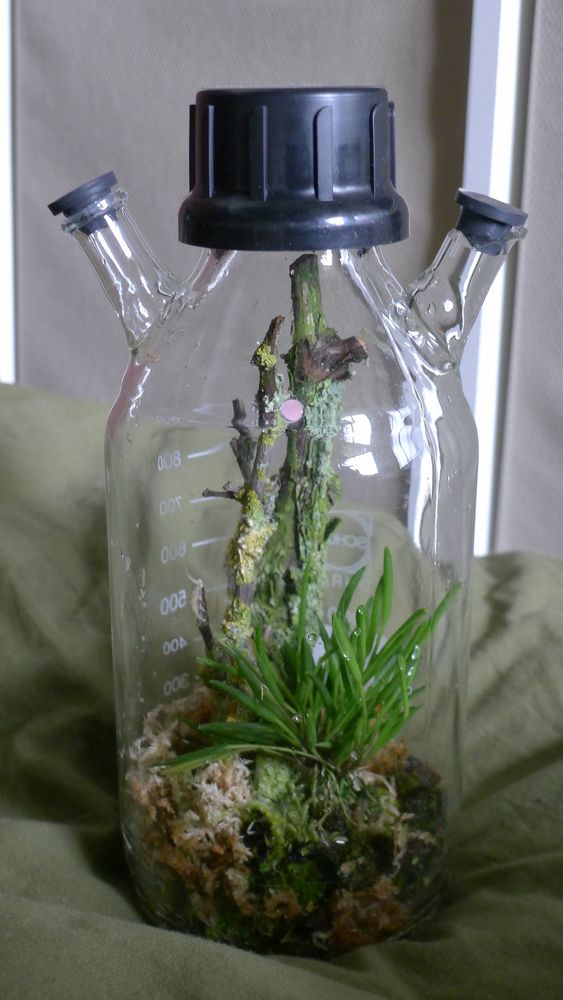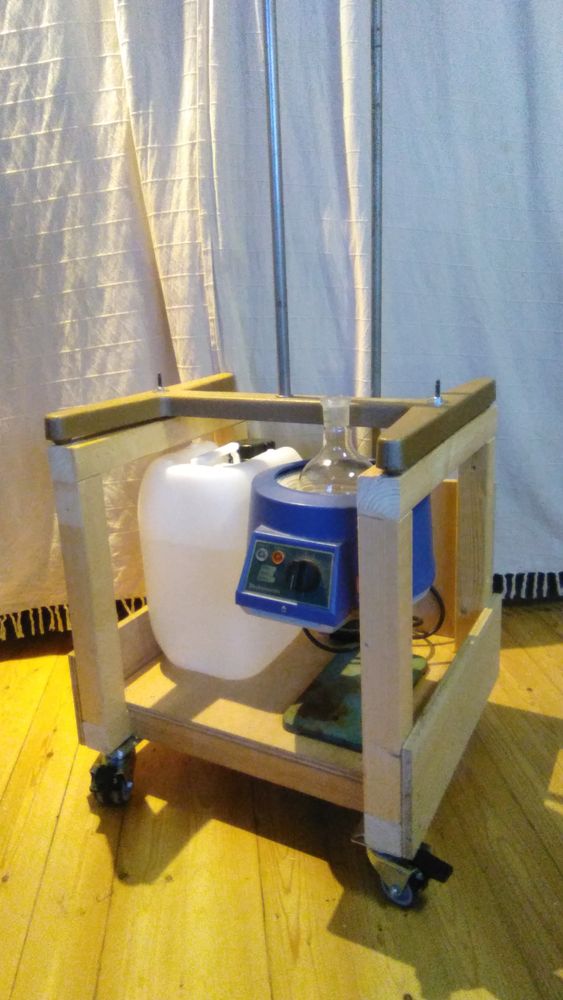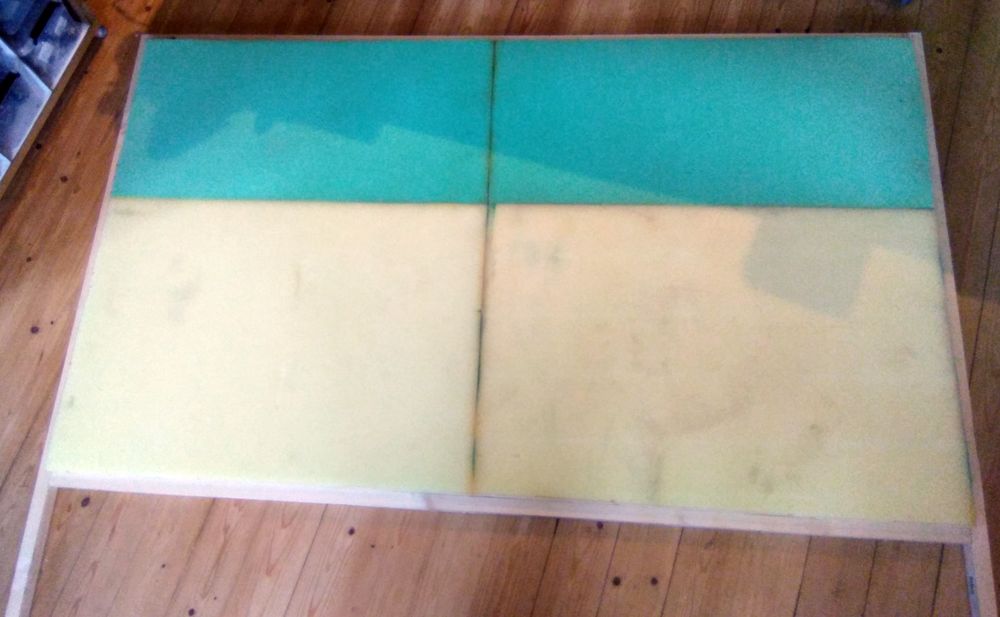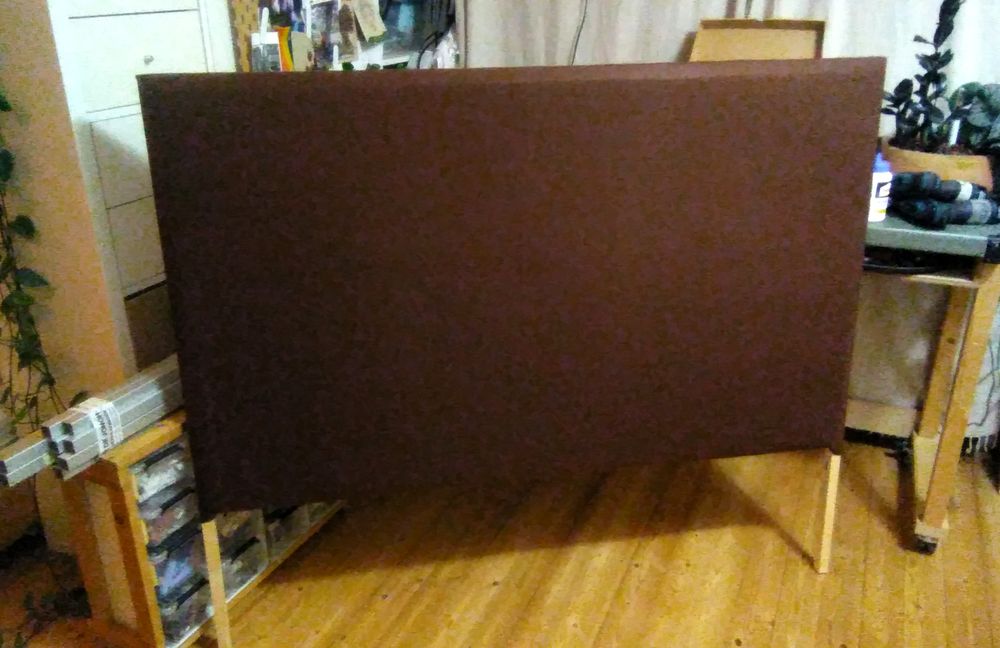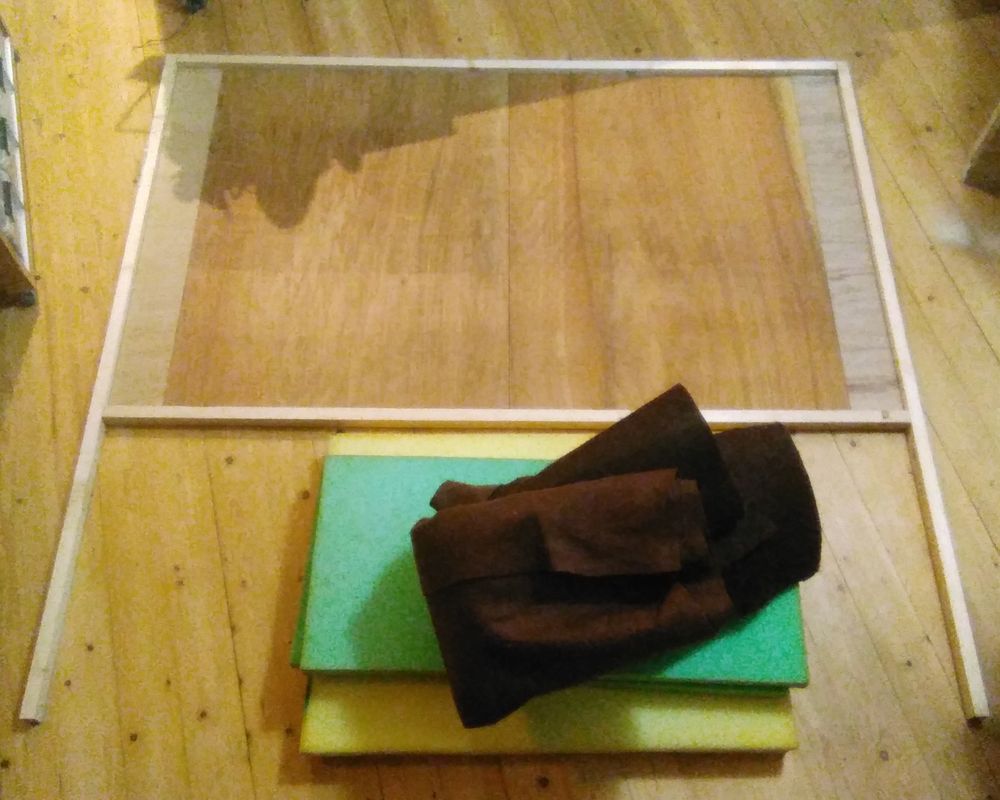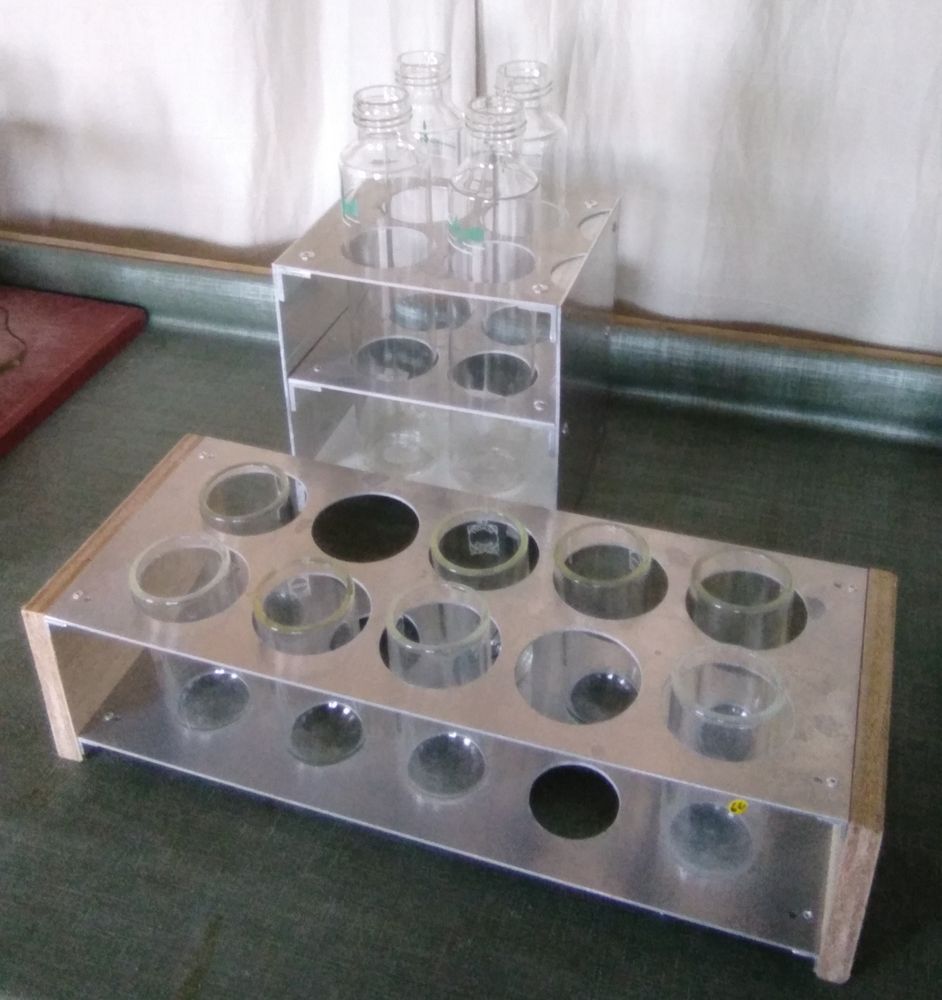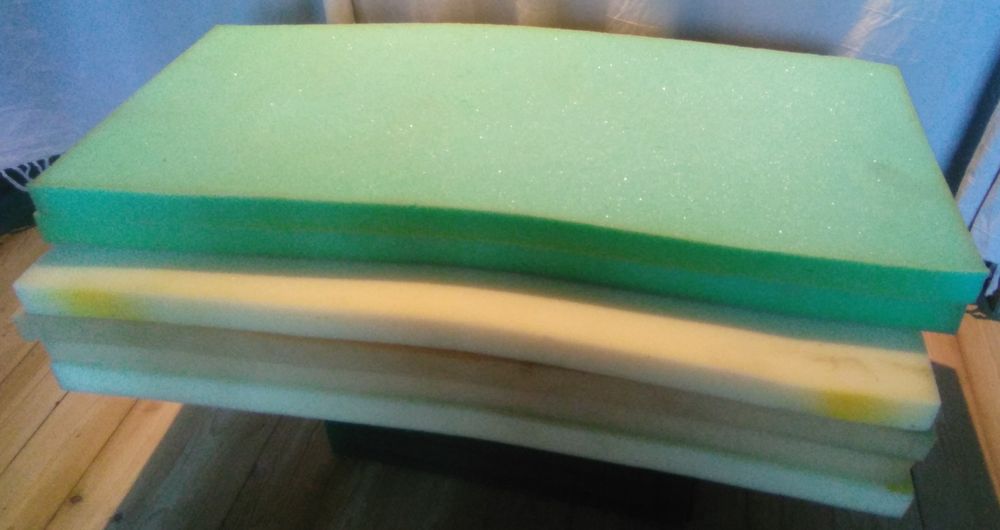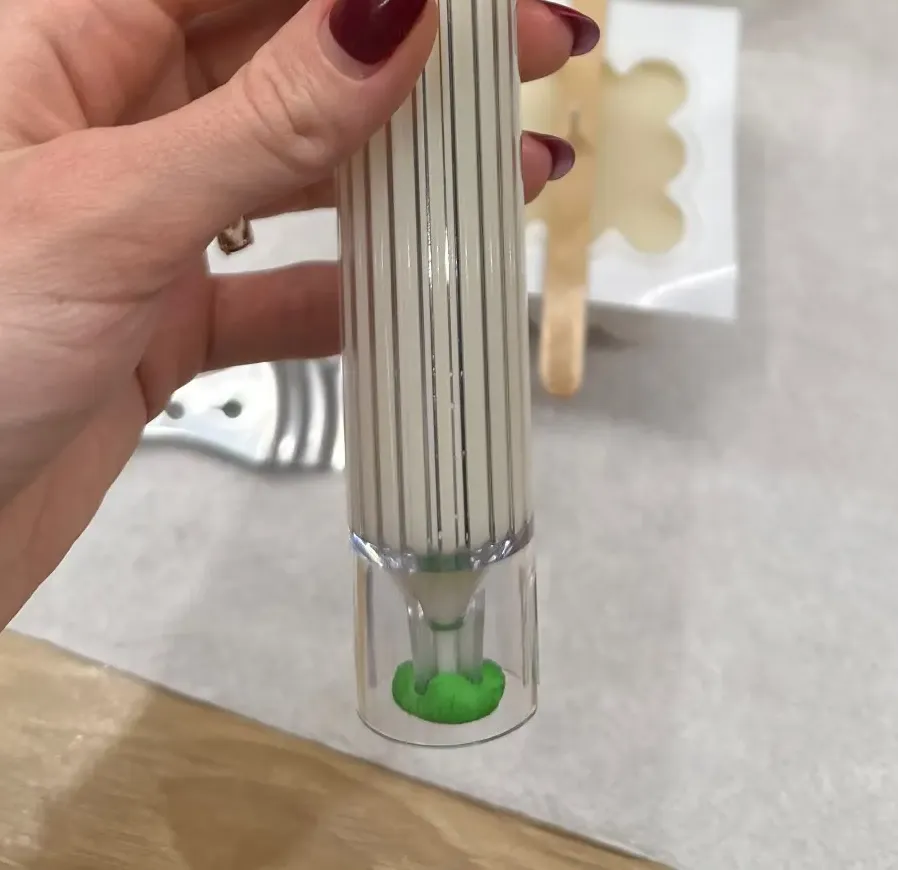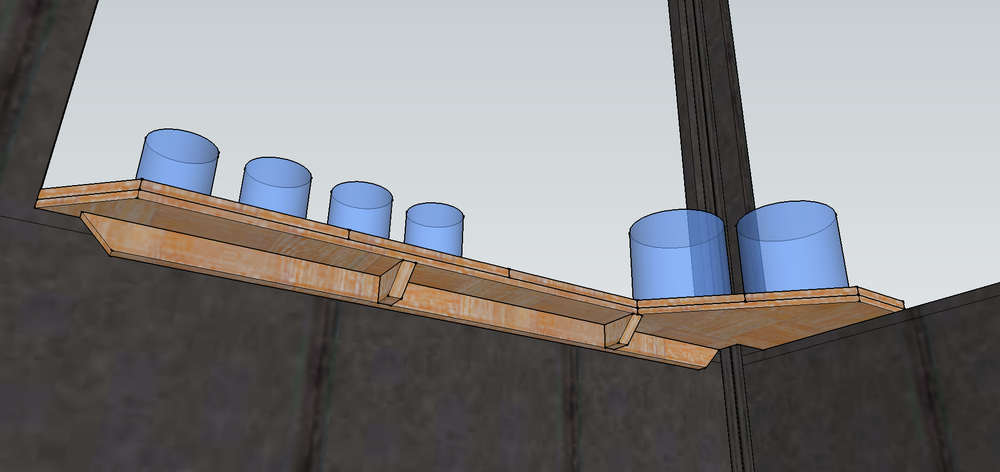My goals in climbing are having fun, being social, keeping fit and conquering my fears. Getting better at bouldering is not a goal for me in itself, but that does help keep it fun, it’s pushed me to become more fit than I’ve ever been, and harder routes can definitely bring new scary things to conquer. I’m pretty proud of how far I’ve come already.
My strengths in bouldering are probably my reach and flexibility, my leg strength and my shoulder strength. My core and biceps are however relatively weak, and I’m still not very good at route reading. I like boulder problems with only a few very big moves, and routes where I can take my time to find an efficient beta more statically. I struggle at overhanging routes that require constant strength, and other routes where I can’t take my time e.g. with awful crimps or slopers.
- Level I usually get on the first try: up to 5A+
- Level I usually manage eventually: 5B+
- Maximum level I’ve climbed: 6A+, but maybe higher? I mostly climb at a gym without grades
During a bouldering session (typically 1.5-2.5h) I spend almost all my time on problems that I think I would be able to do after one or perhaps a couple of tries. I spend maybe only 10% of the time on problems that are quite overhanging or have difficult crimps/slopers, mostly because it’s less fun to do things you’re less good at.
I tend to avoid very crimpy routes specifically, because I’m worried of overloading my finger tendons. Most sessions my fingers start to feel sore before my larger muscles do, I guess because I climb slowly and try not to rely on my biceps. I injured my fingers when I started out (the typical beginner injury) and have been careful with them since. I make sure that I’ve been climbing easy holds for at least half an hour before I do anything crimpy, and now I know when to give my fingers a rest.
I haven’t injured anything else yet, but I do feel that I should take extra good care of my elbows and knees. I’ve been starting to feel a little pain in my elbows the past few months since I started bouldering more/longer. The elbow pain is a constant 1 (barely noticeable) on a scale from 0 (nothing) to 10 (so painful I can’t think) and doesn’t get worse with use – in fact when I’m warmed up from bouldering is the only time it goes back to a 0. The physiotherapist couldn’t find or recommend anything, but I think maybe it’s from muscle imbalance from all the hanging. I’ve been doing wrist roller exercises for a few weeks now and it seems to be improving things.
My knees are sometimes a little bit more painful but I don’t think this is from climbing. My hips are usually rotated too far back, probably because of my weak core, which means my knees don’t align well with my feet when I squat if I don’t concentrate on that. Also, I notice that I tend to lock my ankles a bit when I feel stressed, which puts extra stress on my knees when I walk. I try to strengthen my knees by doing more walking and doing single leg squats, but taking extra good care that I keep everything aligned, core and glutes tight, ankles relaxed. My knee pain is usually around 1 out of 10, sometimes none, sometimes up to a 3 out of 10 if I didn’t take care of my alignment and ankles. But it’s never gotten worse from climbing.
They’re building a new bouldering hall close to where I live. I’m looking forward to going to an actual bouldering hall more often, instead of the gym where I go now. Our gym is still a great place, with regular new problems, it’s cheap and it’s close by, but it would be fun to have more choice in routes and to have clearer grades so I can track my progress better.




